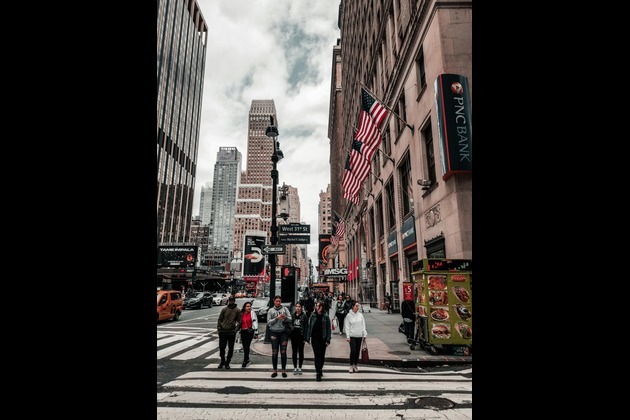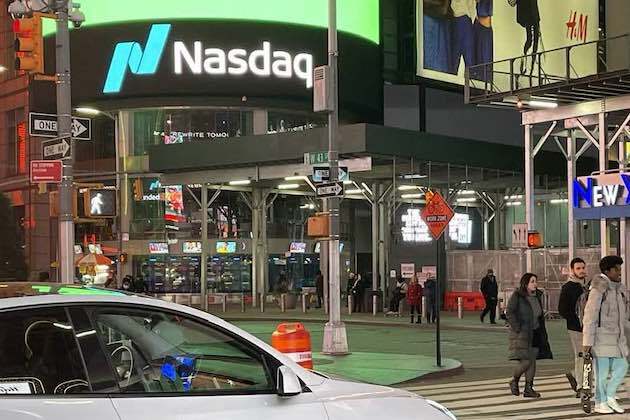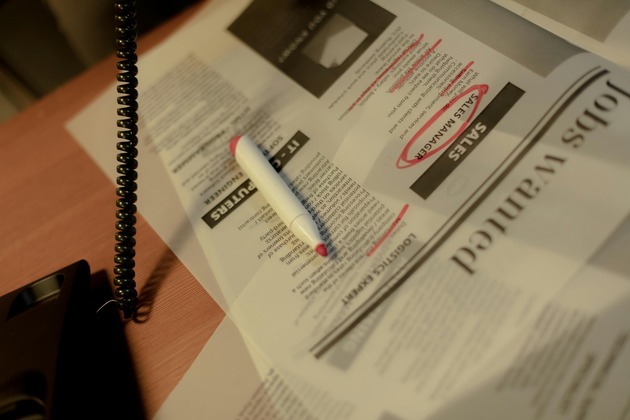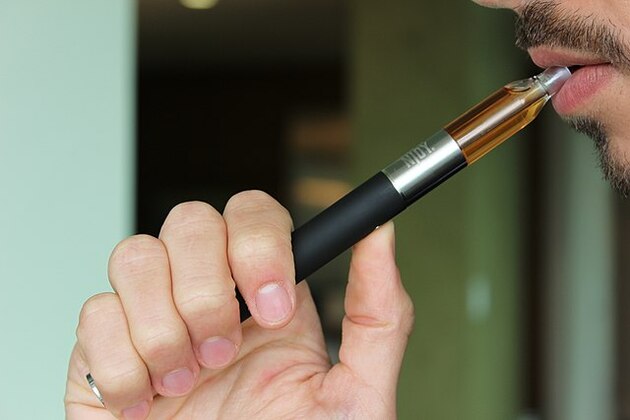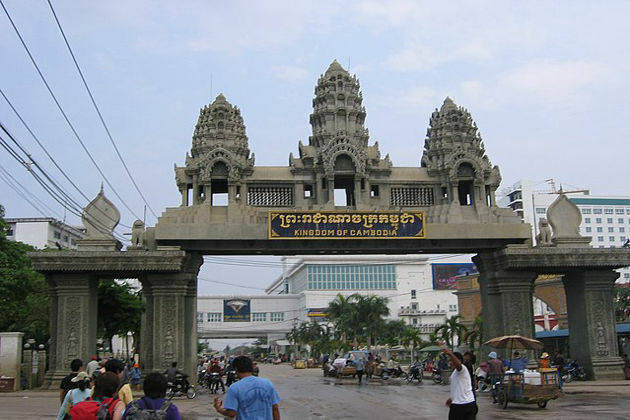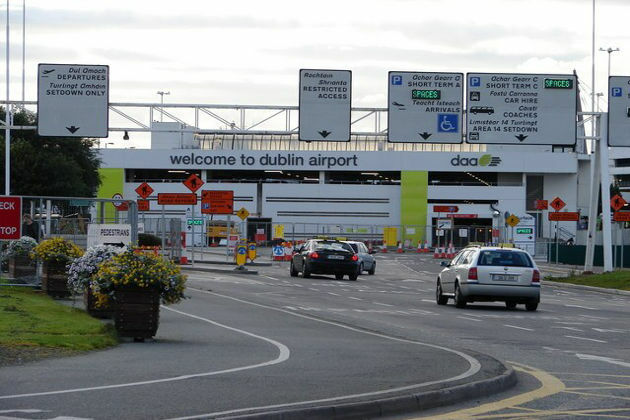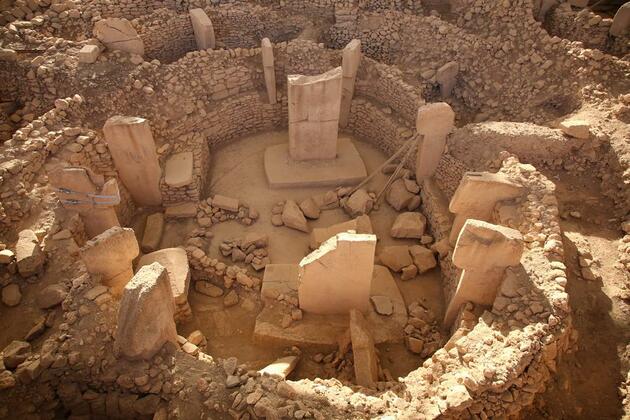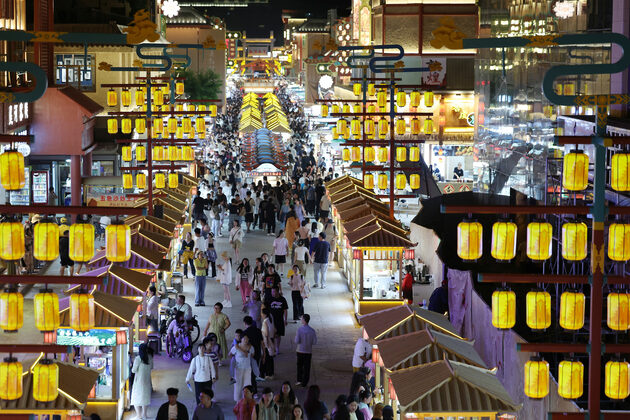Scandinavia has its own dark history of assimilating Indigenous people, and churches played a role - but are apologizing
The Conversation
27 Jun 2025, 12:28 GMT+10

In May 2025, Tapio Luoma, archbishop of the Evangelical Lutheran Church of Finland, delivered an apology to the Sami, the only recognized Indigenous people in the European Union.
Speaking on behalf of the church to which more than 6 in 10 of the Finnish populace belong, including most Sami, Luoma acknowledged its role in past activities that stigmatized Sami language and culture.
The church "has not respected the rights to self-determination of the Sami people," his address began. "Before God and all of you here assembled, we express our regret and ask forgiveness of the Sami people."
Luoma's words were the latest in a series of apologies through which the former state churches in Scandinavia have sought to reset their relations with the Indigenous population of Sapmi, the natural and cultural area of Sami people. Today, the region is divided between Finland, Norway, Sweden and Russia.
As a scholar of Sami culture, and as a researcher of Nordic folklore and religion, I have studied the difficult, often painful, relations between Sami and the various Nordic state churches.
For thousands of years, the Sami population lived by hunting, fishing and reindeer husbandry along the northern edges of Scandinavia. The Sami possessed their own languages and maintained distinctive spiritual traditions and healing practices, drawing on traditional ecological knowledge that they had accrued over countless generations. In times of crisis or uncertainty, for example, communities used ceremonial drums to communicate with the spirit world and divine the future.
Conflicts emerged by the 13th century, however, as Christian realms expanded north. Christian clerics condemned Sami spiritual traditions as "heathen devilry."
During the 16th-century Protestant Reformation, Scandinavian rulers shifted from Catholicism to Lutheranism. In addition to tending to the souls of their flocks, ministers were tasked with keeping track of the comings and goings of congregation members, collecting taxes, and administering justice for lesser crimes.
They aimed to stamp out the spiritual practices that many Sami continued to practice alongside Christianity. Church authorities arrested, fined and sometimes even executed practitioners, while confiscating sacred drums to be destroyed or sent to distant museums.
The church's ritual of confirmation, which marks the passage from adolescence into adulthood, also acquired legal status. Being confirmed required the ability to read and interpret the Bible and Martin Luther's Catechism, a summary of the Lutheran Church's beliefs. As the church became part of the state, people who had not received confirmation could not represent themselves in court, own land or even marry.
And where Luther had called for religious instruction to occur in one's native language, most Nordic clergy provided catechesis only in the majority language, considering Sami language and traditions impediments to true conversion.
During the late 19th and early 20th centuries, the new "nation states" of Finland, Norway and Sweden emerged on the world stage. In each country, political leaders conflated what the ancient Greeks called the "demos" - members of a political nation - with an "ethnos," a cultural group. In order to belong to the Finnish, Norwegian and Swedish political nations, political and cultural leaders of these new states asserted that it was necessary to belong to the majority linguistic and cultural community.
Finland's 1919 constitution made provision for Swedish, which is still used by about 5% of the population, as a national language alongside Finnish. However, the government accorded no such status to Sami.
Both state-run residential boarding schools and schools run by churches included Lutheranism as a subject and strove relentlessly to assimilate Sami into the majority culture, language and worldview, teaching children to see their culture as backward and shameful. Some church and school authorities cooperated with pseudoscientific racial researchers measuring students' heads and excavating Sami graves.
As a result, many students ceased to identify as Sami and adopted the majority language as their primary mode of communication. Today, only about half the people who identify as Sami have any facility in Sami languages, which are considered endangered.
After World War II, church attendance in all the Nordic countries began to plummet. Where 98% of the Finnish population belonged to the state church in 1900, by 2024 that percentage had dropped to 62%. The bulk of defections consisted of people who registered as having no religious affiliation. Membership in the national church shifted from compulsory to voluntary.
Yet as anthropologist David Koester shows, some elements of Lutheran tradition remain extremely popular in all the Nordic countries, particularly Confirmation. The ritual remains a key rite of passage for most Sami today, yet many of them wrestle with whether they should remain faithful to a church that had worked to suppress their community's language and culture.
Searching for a path forward, contemporary Sami artist and Lutheran catechist Lars Levi Sunna began to produce church art that incorporated and celebrated pre-Christian Sami symbols - some of the very traditions that had been demonized by clergy of the past.
For example, in a church in the northern Swedish town of Jukkasjrvi, an image of the sun as it appeared on Sami ceremonial drums now faces the altar, providing a vivid reminder of the spiritual history and past worldview of the church's Sami congregation. The symbol now encloses an image of a communion wafer carved of reindeer antler.
In 2005, Sunna created a traveling art exhibit that portrayed Sami Christianization as an act of cultural violence. The exhibit, designed for temporary installation in church sanctuaries, aimed to provoke discussion and encourage open dialogue about the past.
Similarly, in 2008, Norwegian Sami filmmaker Nils Gaup produced "Kautokeino Rebellion," a film recounting clergy's role in suppressing religious activism among followers of a Swedish Sami minister, Lars Levi Laestadius. The so-called uprising in 1852 led to the imprisonment of several dozen Sami and the execution of two men - whose skulls were deposited in a research institute and did not receive proper burial until 1997.
Descended from one of the punished families, Gaup reminded his audience of past injustice shrouded in shame and silence.
Since church attendance is infrequent in Nordic countries, art and film serve as important vehicles for raising awareness of the church's past. In November 2021, the archbishop of Sweden, Antje Jackelen, issued a formal apology to the Sami. Sami artist and activist Anders Sunna was invited to temporarily redecorate the sanctuary of the Cathedral of Uppsala for the occasion. His decorations included reminders of past Sami sacrificial traditions that took place both outdoors and around hearth fires. In place of a grand altar, Sunna erected a simple table, surrounded by an octagon of benches where the bishop and members of the Sami community would sit face to face with a sense of equality and respect.
As Sami theologian Tore Johnsen notes, formal apologies are necessary first steps in a process of reconciliation. But only once they are followed by concrete acts of "restoration" can real reconciliation occur.
When the Finnish archbishop apologized in May 2025, Sami in attendance at the Turku Cathedral were appreciative, but they were eager to see what actions might follow, according to reporters at the ceremony. The same wait-and-see attitude characterizes Sami responses to state-run Truth and Reconciliation processes, which occurred in Norway in 2023 and are currently ongoing in Sweden and Finland.
The process of healing a society injured by colonialism is difficult and slow, requiring extensive discussion - much of it uncomfortable. With Luoma's words of apology and the arrival of Sami to listen and witness, an important step in that process occurred.
 Share
Share
 Tweet
Tweet
 Share
Share
 Flip
Flip
 Email
Email
Watch latest videos
Subscribe and Follow
Get a daily dose of International Travel News news through our daily email, its complimentary and keeps you fully up to date with world and business news as well.
News RELEASES
Publish news of your business, community or sports group, personnel appointments, major event and more by submitting a news release to International Travel News.
More InformationBusiness
SectionRent freeze fears hit NYC banks, landlords as Mamdani leads
NEW YORK CITY, New York: New York City's financial markets reacted sharply this week as shares of local banks and real estate investment...
Starbucks refutes media report on plans to exit China
SEATTLE, Washington: U.S. coffee company Starbucks has said it is not planning to sell all of its business in China, even though a...
U.S. markets surge, Dow Jones jumps 404 points
NEW YORK, New York - U.S. stocks surged on Thursday, with Wall Street's major indexes climbing nearly 1 percent as investor optimism...
Job board pioneers CareerBuilder, Monster face bankruptcy
NEW YORK, U.S.: Two giants of the early internet job search era—CareerBuilder and Monster—have formally filed for bankruptcy protection,...
Amazon still trails UK grocers on fair supplier treatment
LONDON, U.K.: Amazon has once again been rated the worst major UK grocery retailer by its suppliers when it comes to following fair...
How Chinese vapes reach US stores despite import restrictions
LONDON/NEW YORK/CHICAGO: In suburban Chicago, just 15 minutes from O'Hare International Airport, a small customs brokerage quietly...
Travel and Tourism
SectionThailand-Cambodia tensions rise as border rules tighten
BANGKOK, Thailand: This week, Thailand implemented land border restrictions, including a ban on tourists traveling to Cambodia, as...
Water guns become symbol of anti-tourism anger in Barcelona
BARCELONA, Spain: Residents of Barcelona have devised a novel way to protest the presence of tourists in their city. Using a cheap...
Dublin Airport given two years to fix passenger limit breach
DUBLIN, Ireland: Dublin Airport has received a warning for going over its allowed number of passengers. As part of a rule set by...
Trkiye's ancient sites to fuel heritage tourism surge
ANKARA, June 27 (Xinhua) -- With the 2025 tourism season in full swing, travelers from around the world are flocking to the country's...
India's first mixed disability cricket team plays at Lord's; Svayam's Sminu Jindal invited by ECB to speak on inclusion
New Delhi [India], June 27 (ANI): India's mixed disability cricket team made history this week as they took the field at Lord's for...
CHINA-GANSU-DUNHUANG-NIGHT MARKET-TOURISM (CN)
(250627) -- DUNHUANG, June 27, 2025 (Xinhua) -- Tourists visit the night market in Dunhuang, northwest China's Gansu Province, June...

